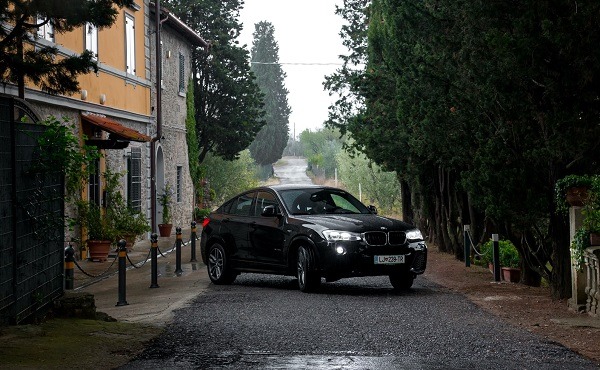There are a few things to take into consideration when choosing bollards for your premises, whether it is your home or a commercial property. There are many bollard types and different ways of installing them; so it’s important that you have the right bollard for the purpose intended. First Choice Bollards have compiled a list of 8 things you need to know before buying bollards.
1. What do you need bollards for?
The type of bollards required will differ with different applications.
Bollards are used for a variety of reasons, from traffic control or safety, to purely aesthetic appeal and effect. Consider whether the bollards are to be permanent, removable, or if they need to be hinged, retractable or lockable for controlled access. Some bollards require chain links to form a continuous barrier.
There is a bollard for every purpose, First Choice Bollards are experts in manufactured or custom made bollards for any site and can advise on the best bollard type for your situation.
2. Installation options
Installation of bollards depends upon the type of bollard design, as well as the terrain and situation. If you have a tight traffic area, or the location has drainage issue or is on a steep slope, then you should get advice before attempting to install any bollards yourself.
It is generally advisable to have the bollards correctly installed by an expert, particularly if you require in-ground bollards. This ensures that they will operate as intended, and any excavation and drainage requirements will be done by a professional with specialist equipment for the job. It is better to be safe than sorry, and to know that the bollards function will not be compromised by poor installation.
3. Ongoing maintenance
First Choice Bollards recommends regular maintenance inspections to prevent rust build-up and monitor any other environmental problems which may cause damage to the bollards.
Deteriorated bollards can be a safety risk, maintenance will ensure that the bollards remain looking as new, and will prevent damage caused by exposure to the elements, above and below ground. Bollards which are constantly immersed in water or moisture can rust and will deteriorate without regular cleaning and upkeep.
4. Bollard types
Bollards come in a variety of types, for different functions. The main bollard types are: –
Above ground (bolted) fixed, hinged or fold-down and In-ground telescopic, automatic/ retractable and temporary/portable.
There are two different categories; – High Security (mainly for commercial purposes) and Domestic Security. The differences with these two types is construction and strength required for purpose.
Above ground bollards, also known as surface mounted bollards are designed for areas where it isn’t possible or necessary to have in-ground foundations. They are easier to install and secure, and can incorporate hinged fixings for access. They are flexible for placement, repairs and replacement.
In-ground bollards are designed and constructed for strength, they are built-in and secured in sub-surface foundations. Generally these bollards are made to withstand impact, and require expert engineering and information for installation. In-ground bollards are mainly used for commercial and public situations. Variation on these bollards include remote control, retraction, and flexibility for traffic control or limited access at times.
5. Lighting or visibility
Visibility of bollards is vital for their use. Paint or surface finishes play a major part in this, however it is important to have them visible at all times for safety reasons. Lighting can be incorporated to some bollards as part of the design in some situations. Solar powered or hard-wired led lights are some options.
As well as colour and lighting, the correct height of the bollards is vital to ensure safe visibility for both pedestrians and domestic and commercial vehicles. These are elements to be considered prior to installation to avoid costly mistakes if overlooked.
6. Operation
If you require privacy with access, then an automatic bollard system using retractable or telescopic bollards may be a good choice for you. These bollards can be operated remotely, and provide easy access to private areas. If your budget doesn’t cover telescopic bollards, then a keyed system may be a good alternative. Bollards might be either removable or fold-down and secured in the upright position with a key, or several keyed alike.
7. Safety and Security
The main reasons for using bollards is for protection and safety so it’s vital that the bollards are of the correct type and strength for the purpose. Spacing is also important for traffic and access control. Safety and security can work both ways…either to protect the safety of the public and traffic control or to protect the building or space from traffic and unwanted access. Careful planning of these things will ensure you get the best value for money.
8. Aesthetics
While the prime purpose for bollards is for protection and traffic control, the aesthetics of the bollards is important. The addition of bollards should not deter from the overall aesthetics of the building or place. Bollards should either enhance the architecture, or blend in without detraction. In many cases, such as around historic sites, or parks, bollards are designed in a style to complement the area without looking too imposing. With new buildings or precincts, the design of bollards and any connecting links can add and enhance the overall look, define spaces and, with lighting, will improve traffic movement in the area, as well as providing visual safety.
